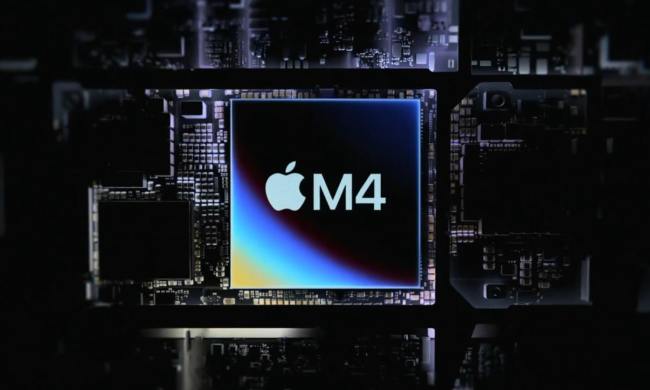
The net neutrality debate is about to come to a head: Federal Communications Commission Chairman Julius Genachowski has circulated a proposed framework of rules intended to preserve an “open Internet”—and, if the chairman has his way, the rules will be adopted later this month in an open FCC meeting as an Open Internet Order.” The FCC’s proposed rules fall along the lines of the openness principles adopted by the FCC back in 2005, and Genachowski says the proposal has already garnered broad support from many stakeholders in the net neutrality debate.
“This framework [..] would advance a set of core goals,” Genachowski said in a statement. “It would ensure that the Internet remains a powerful platform for innovation and job creation; it would empower consumers and entrepreneurs; it would protect free expression; it would increase certainty in the marketplace, and spur investment both at the edge and in the core of our broadband networks.”
The policy proposal includes a transparency requirement, so that network operators would be required to disclose how they manage their networks so consumers and “innovators” can make informed decisions about signing up for broadband access. The proposal would also enshrine a right to send and receive “lawful” Internet traffic and devices: Internet providers would be prohibited from blocking lawful content, applications, services, and devices. The proposed rules would also bar “unreasonable” discrimination in transmitting lawful network traffic.
However, the policy proposal also gives ground to network operators, granting them the ability to deal with traffic that harmful to the network or unwanted by users, and to address effects of network congestion. The policy is aimed at enabling providers to manage their networks, as well as provide incentive to build out broadband infrastructure.
Unlike a network neutrality proposal put forward earlier this year by Google and Verizon, the FCC’s policy proposal would extend transparency and a “basic” no-blocking rule to mobile broadband, noting that the FCC will be keeping a close eye on the mobile broadband market as it continues to develop and may take further steps to guard against anti-competitive or anti-consumer conduct. The proposed framework would give mobile operators more flexibility in managing their networks and dealing with bandwidth scarcity.
Significantly, the policy proposal would “not necessarily” re-categorize broadband as a Title II telecommunications service, meaning broadband operators may be exempt from rate regulations and facilities-sharing requirements applied to phone operators. The proposal would also enable broadband providers to create managed services separate from the open Internet—potentially for security systems, health care, and smart grid applications—so long as those services do not impinge on the public Internet. Similar proposal for allowing differentiated network services separate from the Internet drew rounds of criticism from public interest groups and consumer advocates when it surfaced in Google and Verizon’s policy proposal.
Genachowski indicates he is confident the FCC has a sound legal basis for its approach, and has the legal authority to enforce the framework if it is adopted. This is a key point, since a court decision of Comcast’s blocking of P2P file sharing traffic on its network effectively ruled the FCC did not have the authority to enforce its 2005 openness principles.
The FCC is facing a time crunch on its proposed rules. Net neutrality frameworks have run into opposition from Republican lawmakers concerned that net neutrality policies amount to burdensome regulation that stifles innovation and discourages providers from building out broadband infrastructure. And, beginning in January, the Republican party takes control of the House of Representatives.


